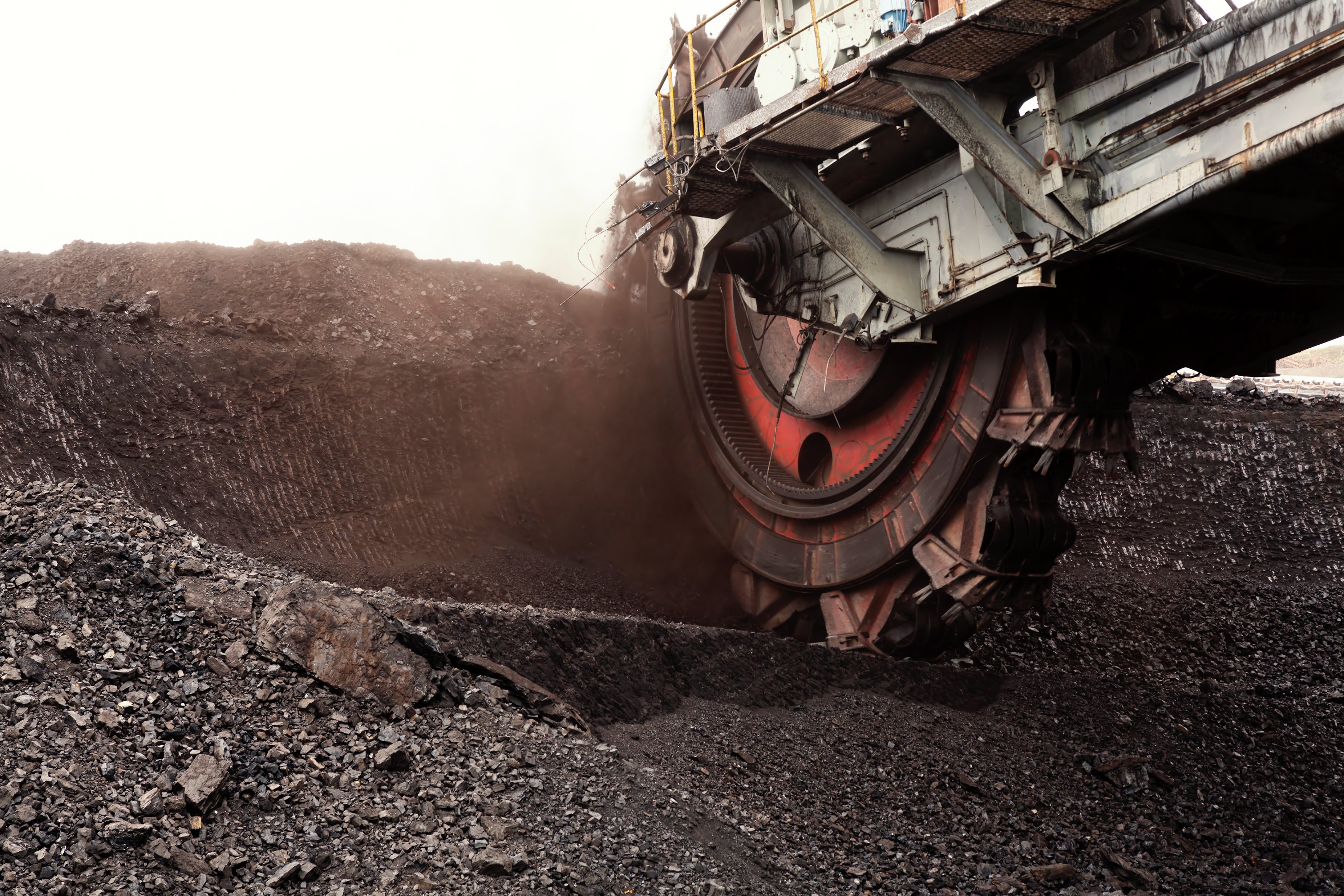Apparently, Alliance Resource Partners (ARLP +2.28%) didn't get the memo that being in the coal business is supposed to be pretty lousy right now.
Even though the big-name players in the space such as Peabody Energy (BTU +0.00%) and Consol Energy (CNX +1.75%) have seen their operational profits shrink like they're getting ready for a Fantastic Voyage, both Alliance and its parent company, Alliance Holdings GP (NASDAQ: AHGP), have steadily grown revenue and EBITDA for five years during what is supposed to be a half-decade-long slide in coal.
ARLP Revenue (TTM) data by YCharts
So how is it, in the face of so many headwinds facing coal companies, that Alliance has been able to separate itself from the decline in coal? Let's look at Alliance and whether this quarter the company will be able to defy the odds again.
Right place, right time
A majority of Alliance's coal comes from a region known as the Illinois Basin. This has been a coal-producing region for well over 100 years, but starting back in the 1980s and '90s it fell out of favor because of the high sulfur content in the coal. To meet emissions standards, many power plants simply switched to lower-sulfur-content coals such as the Powder River Basin. Today, though, the emissions standards are more strict, and it has forced power plants to install emissions scrubbers. This was a blessing in disguise for Illinois Basin coal because scrubbers mean the sulfur content of the coal is less of an issue. So today Illinois Basin coal -- with its higher heat content, lower production costs, and proximity to end markets -- is much more economical than other coal types in the United States.
So while many of its peers have struggled to find a market for the Powder River Basin (Peabody and Cloud Peak Energy (CLD +0.00%)) and the Central Appalachian region (Consol Energy and Arch Coal), Alliance has positioned itself in a coal region that's taking market share from other basins.
Another component that has helped Alliance out immensely is that the company has taken a much more conservative approach to taking on debt, so the company isn't shelling out too many of its profits to pay interest.
| Company | Net Debt/EBITDA | EBITDA/Interest Expense |
|---|---|---|
| Alliance Resource Partners | 1.02 | 24.5 |
| Peabody Energy | 9.19 | 1.42 |
| Cloud Peak Energy | 4.33 | 4.06 |
| Consol Energy | 2.88 | 2.76 |
Source: S&P Capital IQ.
These factors have been the driving force behind Alliance's ability to steadily increase its distribution to unitholders for more than 11 years.
ARLP Dividend data by YCharts
Does the coal industry still have legs?
The big argument against Alliance is that coal consumption is in structural decline. Not only are environmental regulations making new coal plants a less desirable option, but the price to generate power from other sources is also putting immense pressure on coal prices. Even at today's depressed prices for coal, Powder River Basin and Central Appalachian coal are more expensive sources of power than natural gas. Then there are renewable-energy sources that are becoming cheaper and cheaper every day.
Even in the face of these trends, there are still some things working in Alliance's favor. One is that Illinois Basin coal still has an immense opportunity to capture market share from other coal sources. By last count, Illinois Basin Coal still represented less than 20% of the total coal market. So Illinois Basin coal and Alliance have a lot of room to push others out of the market before facing the brunt of coal's overall decline.
While all types of coal are still seeing declines in prices, Alliance has a lot of wiggle room for profitability. Last quarter, the company's distribution coverage ratio was 1.7, which means it generated 70% more cash than its obligation to unitholders. Unless the company were to see a sharp decline in prices and an increase in operational costs, the generous payout the company sends to unitholders should remain in tact for several more quarters at least.
What a Fool believes
Shares of Alliance have been dragged down hard by the rest of the coal industry, but based on the results the company has produced over the past several quarters, it's hard to understand why it's being lumped in with the rest of the pack. Going into this coming quarter, two things investors should check up on is whether the company has been able to maintain its margins, as well as any major changes in the distribution coverage ratio. Coal prices are still trying to catch up to natural gas, and the company will need to keep cutting costs to remain profitability. Also, the greater that distribution coverage ratio, the easier it will be for the company to raise distributions during these weak price periods. If these two metrics come in strong, then Alliance will probably be able to continue defying the trends that have crippled so many other coal companies. Alliance reports third-quarter results on Tuesday, Oct. 27.









